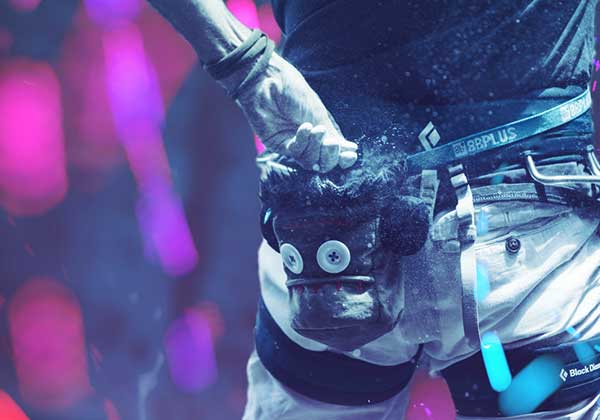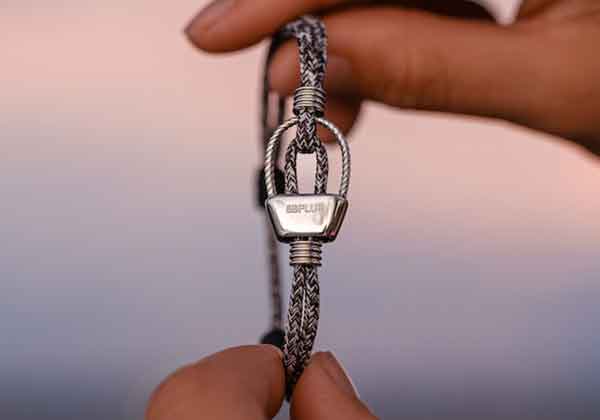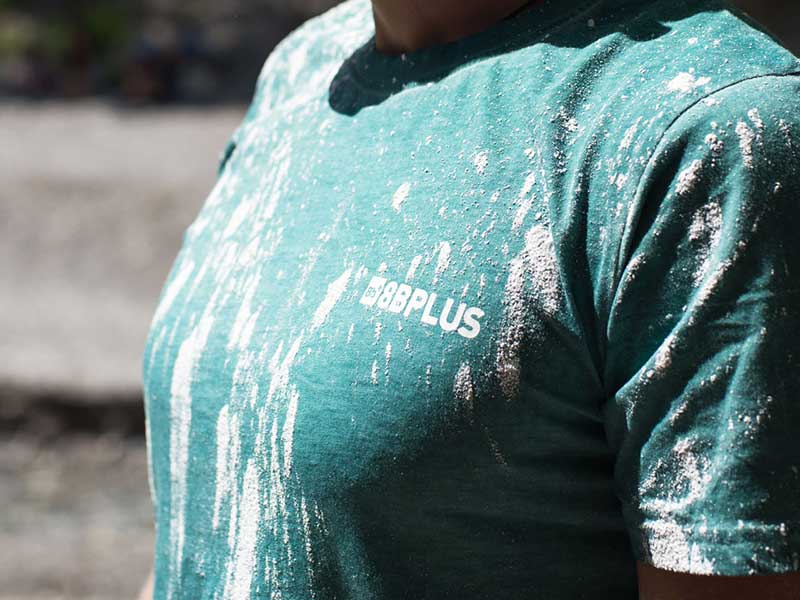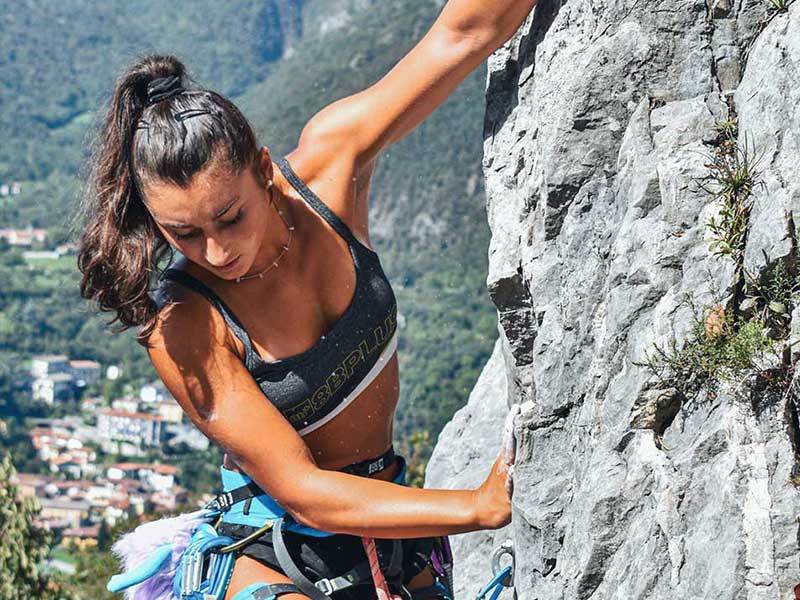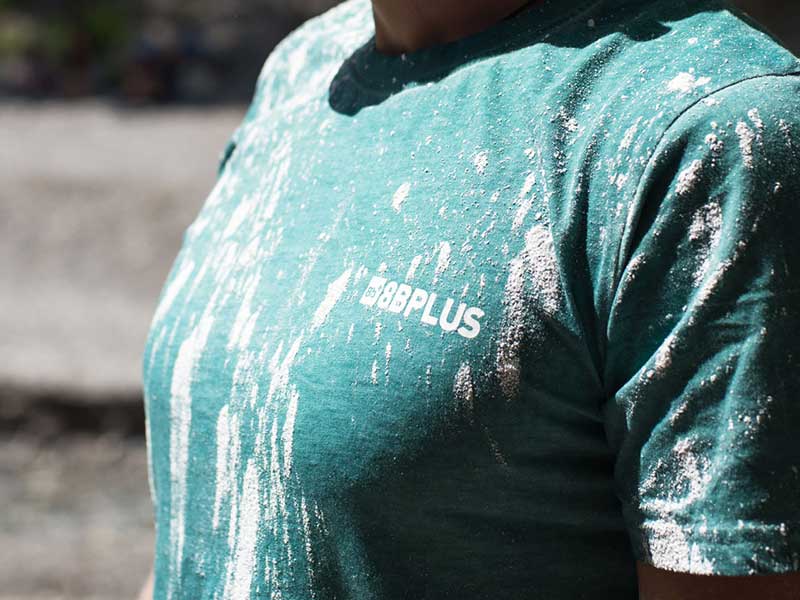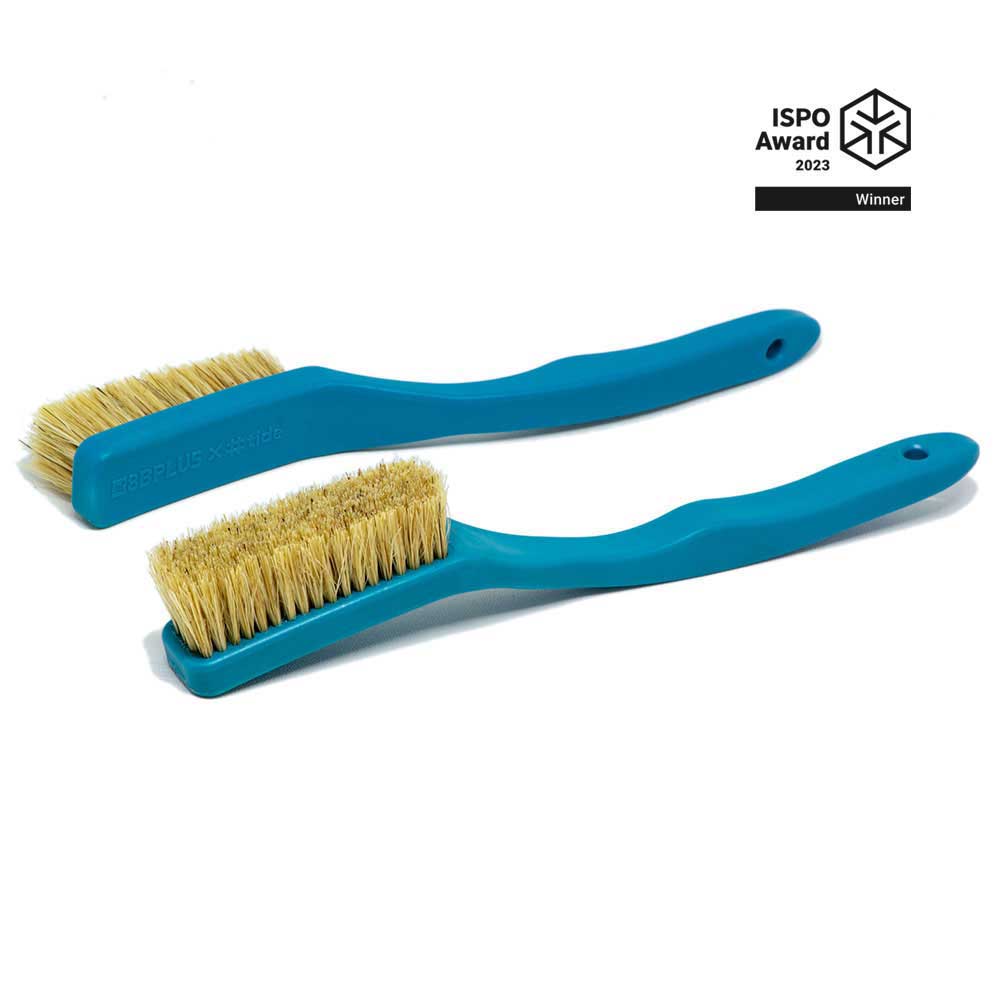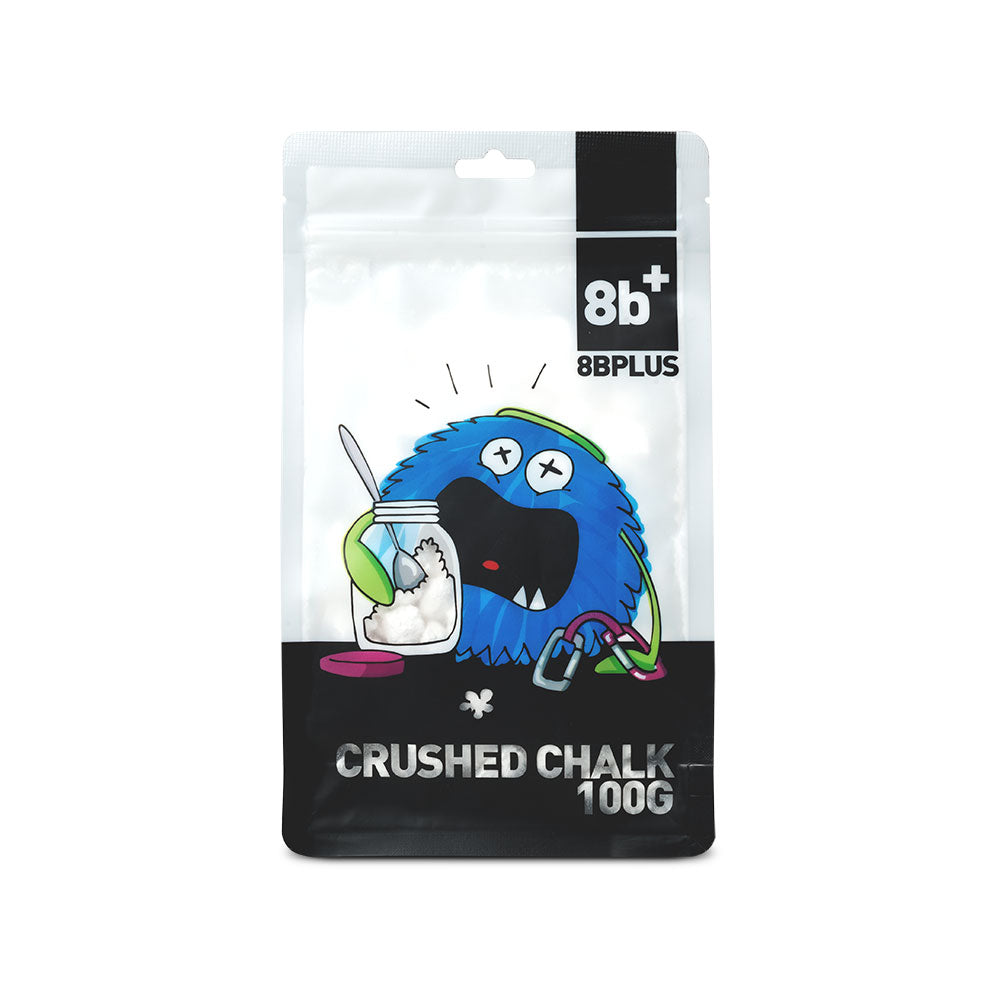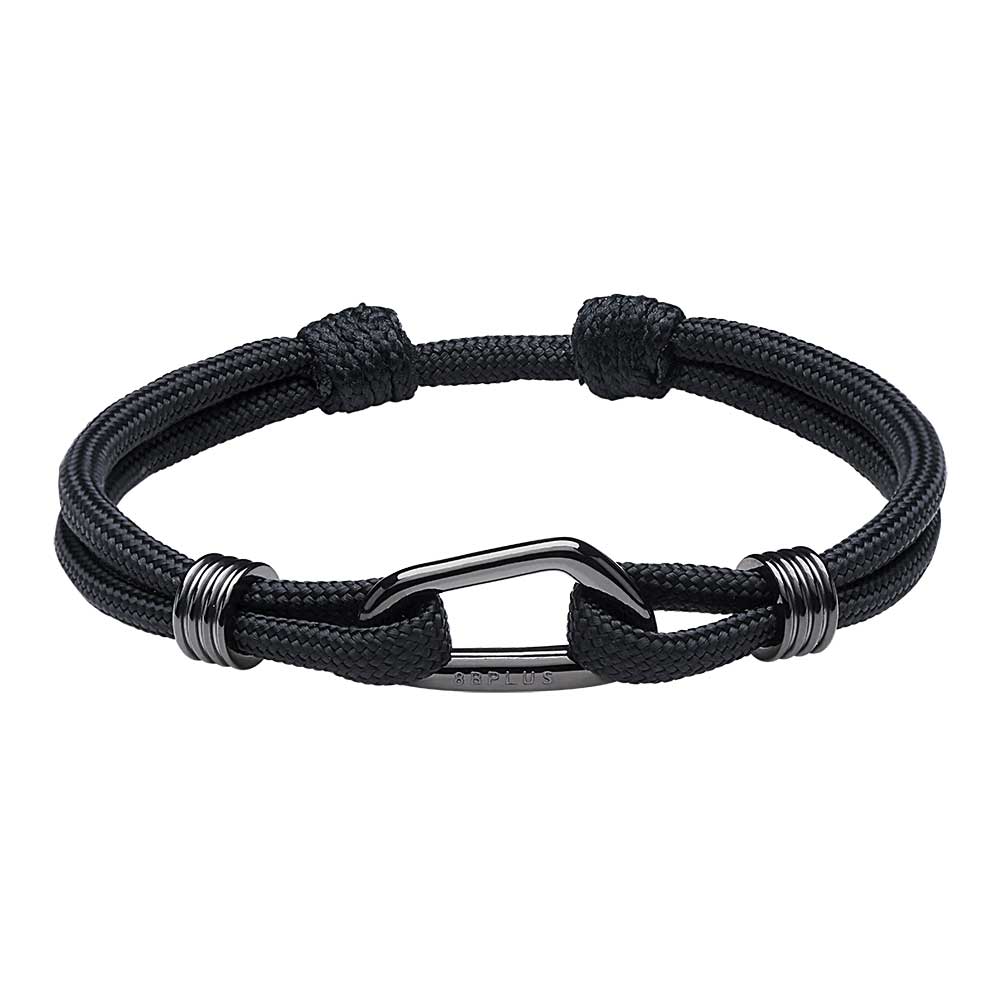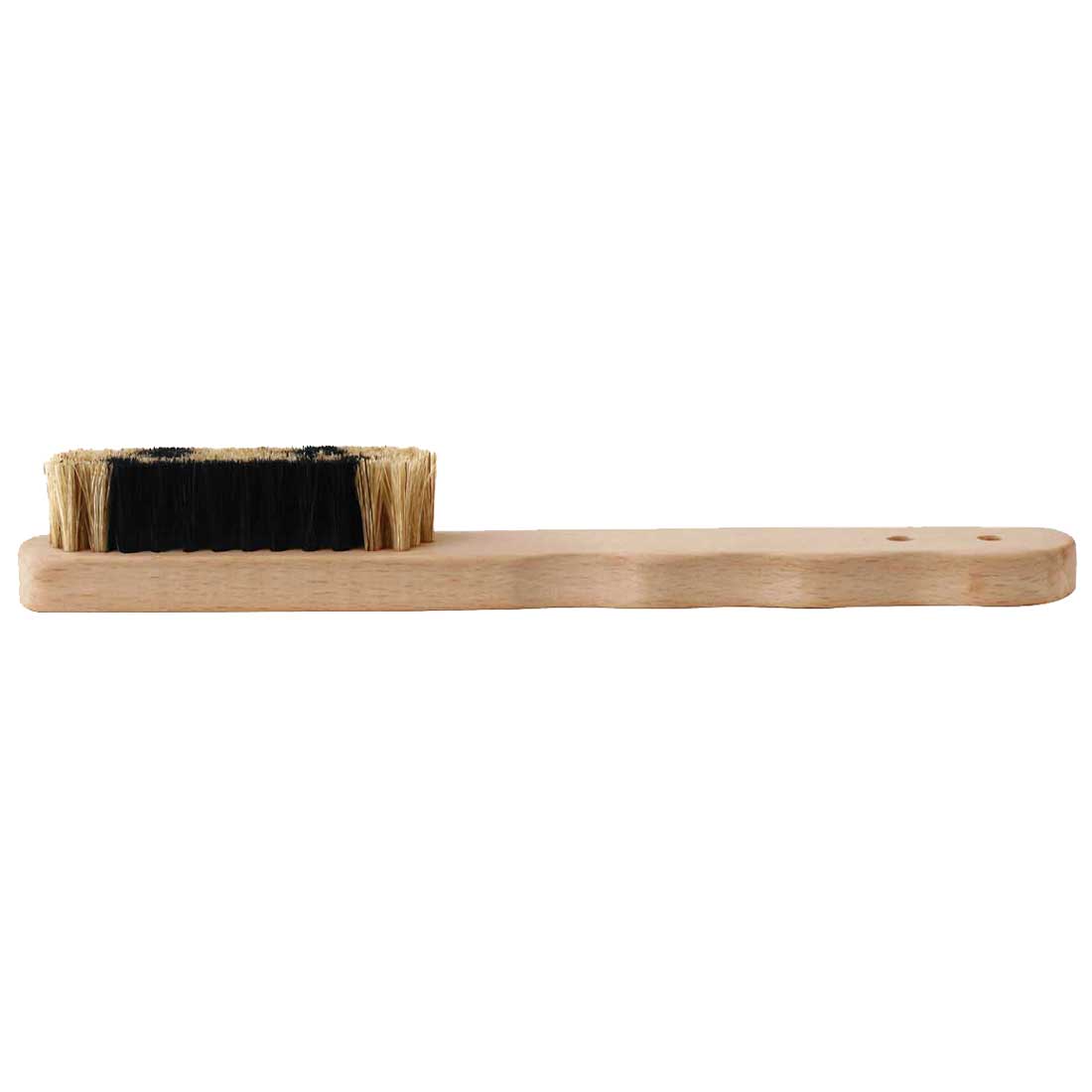
Body by Bruno Part 4: The One-Arm Pull-Up
What’s up, crushers?! I am back with part four of my series, Body by Bruno, where I reveal my top climbing tips and workouts to help you send your project. Last time, we talked about how to train our biceps for climbing. This time, let’s talk about using those biceps through the most crucial move in rock climbing: the one-arm pull-up. I have never encountered a crux that I can’t one-arm pull-up my way through. And when you think about it, rock climbing is just a series of one-arm pull-ups until you get to the top.
The one-arm pull-up has become a staple of hard bouldering in the climbing world and is sometimes even treated as a benchmark for strength and training. The one-arm pull-up is an intimidating move that may seem impossible to those new to climbing or those who haven’t trained their pulling strength. It takes many climbers years to master. But those climbers didn’t have Bruno there to guide them through the whole thing. So whether you are trying to impress your gym crush or want to climb more like Bruno, let’s break down the one-arm pull-up.
Progression
First thing’s first: you need to be able to perform a regular pull-up. If you aren’t there yet, don’t stress. Everyone has to start somewhere. Well, I heard that’s true. I was made with the ability to do one-arms, so I’m just guessing.
We need to start by taking weight off to master the pull-up motion. If your gym has an assisted pull-up machine, sweet, you’re set. If not, try wrapping an exercise band around a pull-up bar and placing one foot in the band. That should take some weight off and make you feel more buoyant when performing pull-ups. Slowly decrease the resistance of the band until you are at bodyweight!
Once you are repping out those pull-ups, it’s time to start training with asymmetry. At this point, many climbers will start adding weight to their pull-ups. That is the biggest mistake climbers make when they want to progress to a one-arm pull-up. Don’t get me wrong; I love weighted pull-ups. I could talk about them all day. But we are trying to master one-arms here. Weighted pull-ups allow your back, chest, and shoulders to work together to complete the movement, whereas one-arm pull-ups require these muscle groups to be isolated. I mean, how often do you have two perfectly spaced and sized hand-holds when climbing? Never! Climbing is asymmetrical, and so is the one-arm pull-up.

Step 1: One Arm Hang
First, we are going to master the one-arm hang. Yup, just hang there. Looks easy, right? That is how Bruno sleeps! But it’s more challenging than it looks. Don’t you dare hang low in your shoulder socket. Keep your back and shoulder engaged with a gentle curve at the elbow. Practice engaging the core and stopping yourself from rotating as you hang.
Step 2: Typewriter Pull-Ups
To complete typewriter pull-ups, you will need some type of suspended system like gymnastic rings or TRX bands. Perform a normal pull-up and lock-off at the top. While locked off, extend one arm out to the side until it is fully extended and slowly bring it back in. Repeat this motion on both sides. Think of it like doing a slow punch mid-pull-up. This motion will get your body used to the asymmetry of a one-arm pull-up and is an excellent way to progressively load one side instead of trying one-arms with full force.
Step 3: Assisted One-arms
Once you can crank out typewriter pull-ups, you’re ready to begin trying the one-arm pull-up!
With an exercise band. Gotcha! What? Did you think you’re ready for full one-arms because you can punch the air?
This time, you will grab the exercise band with one hand and the pull-up bar with the other. The higher up on the exercise band you grab, the more assistance you receive. Make sure you control the motion all the way up and all the way back down. That negative motion is killer for injury prevention. And Bruno hates injuries. Practice these in sets of three on both arms. As they get easier, grab lower and lower on the band until you are able to one-arm pull-up.
And that’s it! Follow those three steps, and you will be one-arming in no time. Don’t forget, cool climbers, rest. A lot. These exercises can get pretty intense, so give yourself plenty of time to recover between workouts. Until next time, crushers!
Please note that while this blog is written in Bruno’s playful and sarcastic voice, this advice is accurate and will help to improve your climbing.

